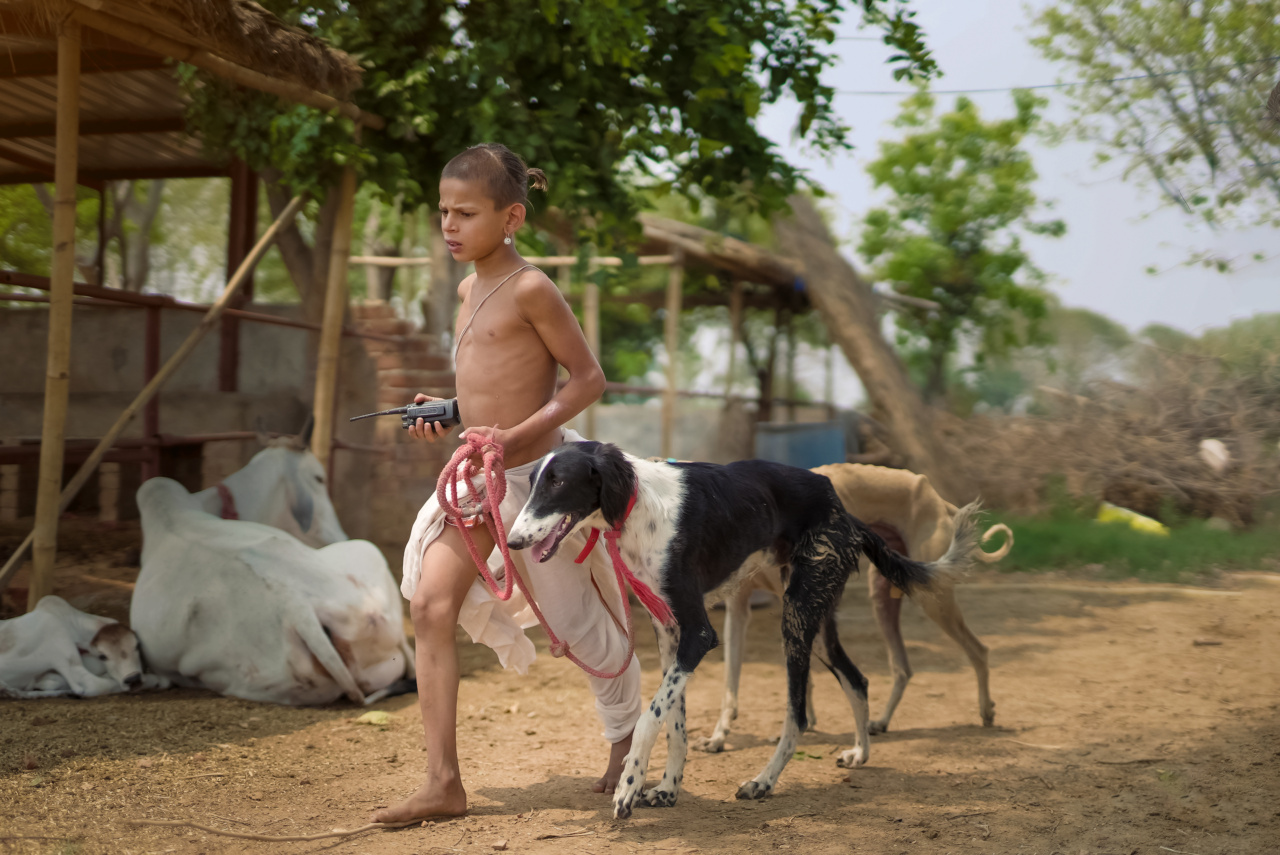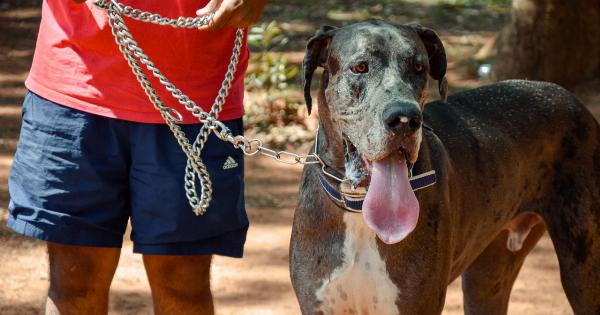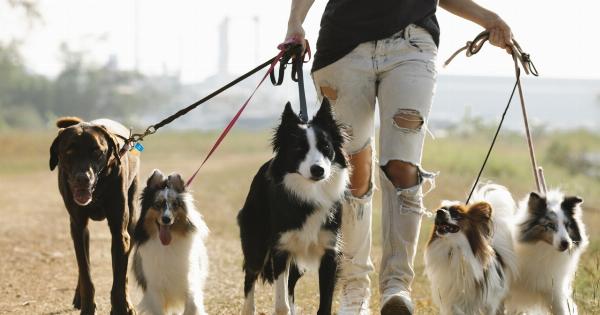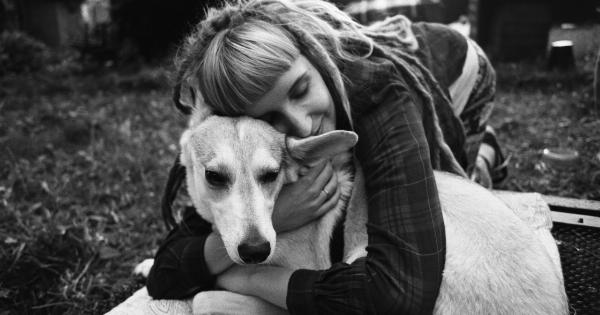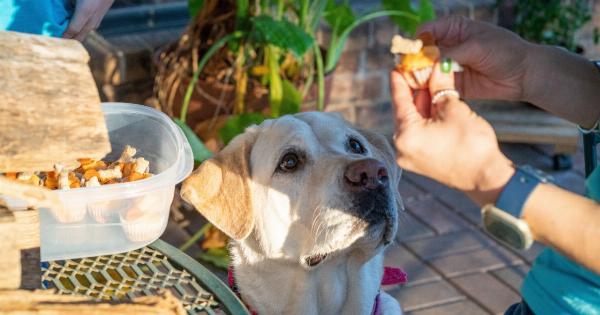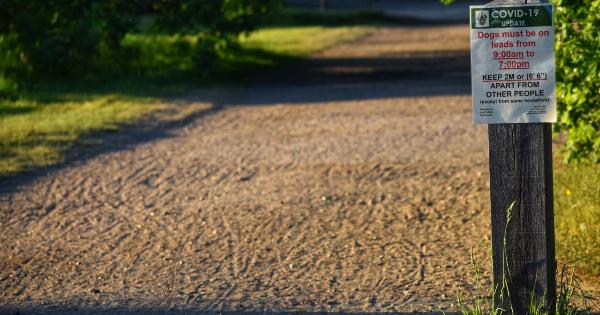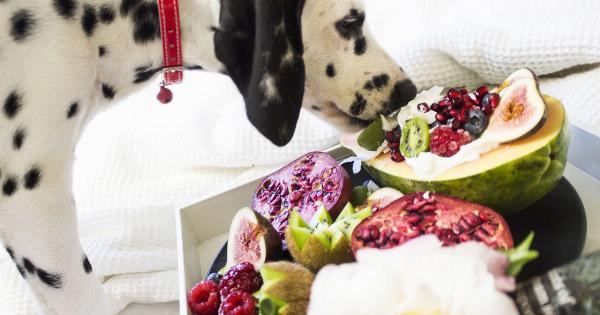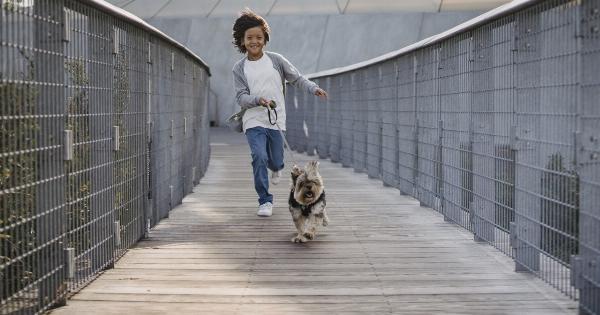Summer heat can have a significant impact on a dog’s appetite. Just like humans, dogs may experience changes in their eating habits during hot weather.
This article explores the connection between summer heat and dog appetite and provides insights into how to ensure your furry friend stays well-nourished during the warmer months.
1. Decreased Appetite
One common trend observed in many dogs during the summer months is a decreased appetite. The heat can make dogs feel lethargic and less interested in food. Just like us, they tend to feel less hungry when it’s too hot.
Moreover, dogs have a higher body temperature compared to humans, and this can put them at greater risk of overheating. To regulate their body temperature, dogs rely on panting, which requires more energy and can lead to a reduced desire for food.
2. Hydration is Key
Staying hydrated is crucial for dogs during the summer months. Dehydration can quickly occur in hot weather, leading to various health issues. As dogs may be less inclined to eat, it becomes even more essential to focus on their fluid intake.
Ensure your dog has access to fresh and clean water at all times. You may also consider providing them with ice cubes or frozen treats to help cool them down and encourage hydration.
3. Switch to Wet Food
If you notice a significant decrease in your dog’s appetite during summer, it might be worth considering a switch to wet food. Wet food has higher water content, which can help keep your dog hydrated.
Additionally, it tends to have a stronger aroma, making it more appealing to dogs with a reduced appetite.
Consult with your veterinarian before making any changes to your dog’s diet and ensure the new food meets their nutritional requirements.
4. Feeding Schedule
Adapting your dog’s feeding schedule during the summer can also help improve their appetite. Instead of serving large meals, consider feeding smaller portions multiple times a day.
This can make it easier for your dog to digest their food, especially when they are feeling less hungry.
Try to feed your dog during the cooler hours of the day, such as early morning or late evening, to further minimize the impact of the heat on their appetite.
5. Monitor Food Storage
It is essential to store your dog’s food properly, particularly during the summer. High temperatures can lead to the deterioration of dry kibble, reducing its palatability and nutritional value.
Always store dog food in a cool and dry place, away from direct sunlight.
Additionally, be mindful of the expiration date of your pet’s food and avoid buying excessive amounts that cannot be consumed before it spoils. Regularly check the quality of the food to ensure it is fresh and appetizing for your furry companion.
6. Offer Fresh Fruits and Vegetables
Summer is the perfect time to introduce fresh fruits and vegetables into your dog’s diet. These can provide valuable nutrients while adding variety and flavor to their meals.
However, not all fruits and vegetables are safe for dogs. Some beneficial options include watermelon, blueberries, and cucumbers. Always remove any seeds or pits and wash thoroughly before serving.
It’s advisable to consult with your veterinarian to determine which fruits and vegetables are safe and appropriate for your dog.
7. Exercise and Appetite
Physical activity plays a significant role in a dog’s appetite. While it’s essential to keep your dog active even during the summer months, excessive exercise in extreme heat can lead to exhaustion and a further decrease in appetite.
Avoid intense exercise during the hottest parts of the day and opt for early mornings or late evenings when temperatures are cooler.
Ensure your dog has access to shade and plenty of water during and after the activity to help them recover and restore their appetite.
8. Cool and Refreshing Treats
Combat the summer heat while stimulating your dog’s appetite with cool and refreshing treats.
Homemade frozen treats, such as yogurt popsicles or fruit-infused ice cubes, can serve as a delicious way to help your dog beat the heat and increase their food intake.
Remember to use dog-safe ingredients and avoid any toxic foods, such as chocolate or artificial sweeteners like xylitol, which can be harmful to dogs.
9. Medical Concerns
If your dog’s appetite declines dramatically and persists even after implementing the above suggestions, it’s crucial to consult with a veterinarian.
Loss of appetite can be a sign of an underlying medical condition that may require prompt attention.
Your veterinarian can assess your dog’s overall health and provide appropriate guidance and treatment options to stimulate their appetite and ensure their well-being.
10. Enjoy the Summer Together
While it is essential to address any changes in your dog’s appetite during the summer, remember to enjoy this season together.
Spend quality time with your furry friend, provide them with a comfortable and cool environment, and be patient as they adapt to the heat.
Observe your dog’s behavior, monitor their food intake, and make necessary adjustments to ensure their nutritional needs are fulfilled even in warmer weather.
With proper care and attention, you can help your beloved companion stay healthy and happy throughout the summer months.
